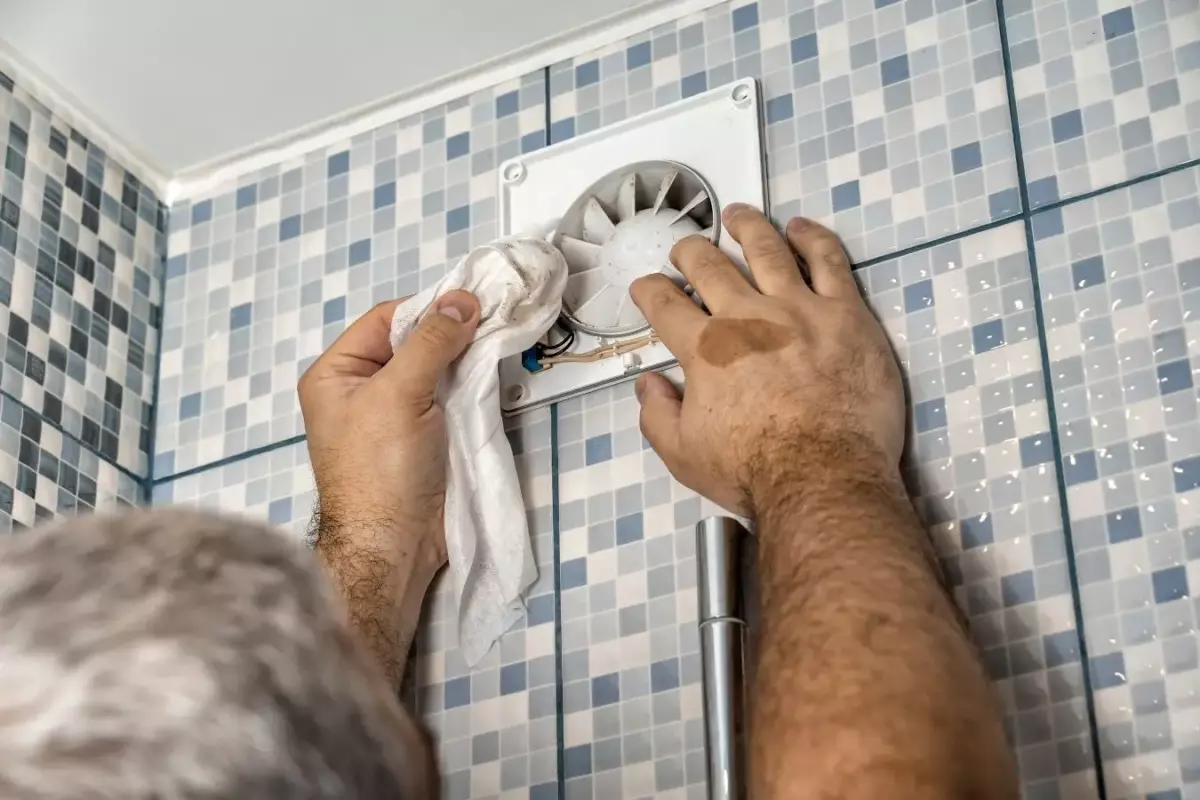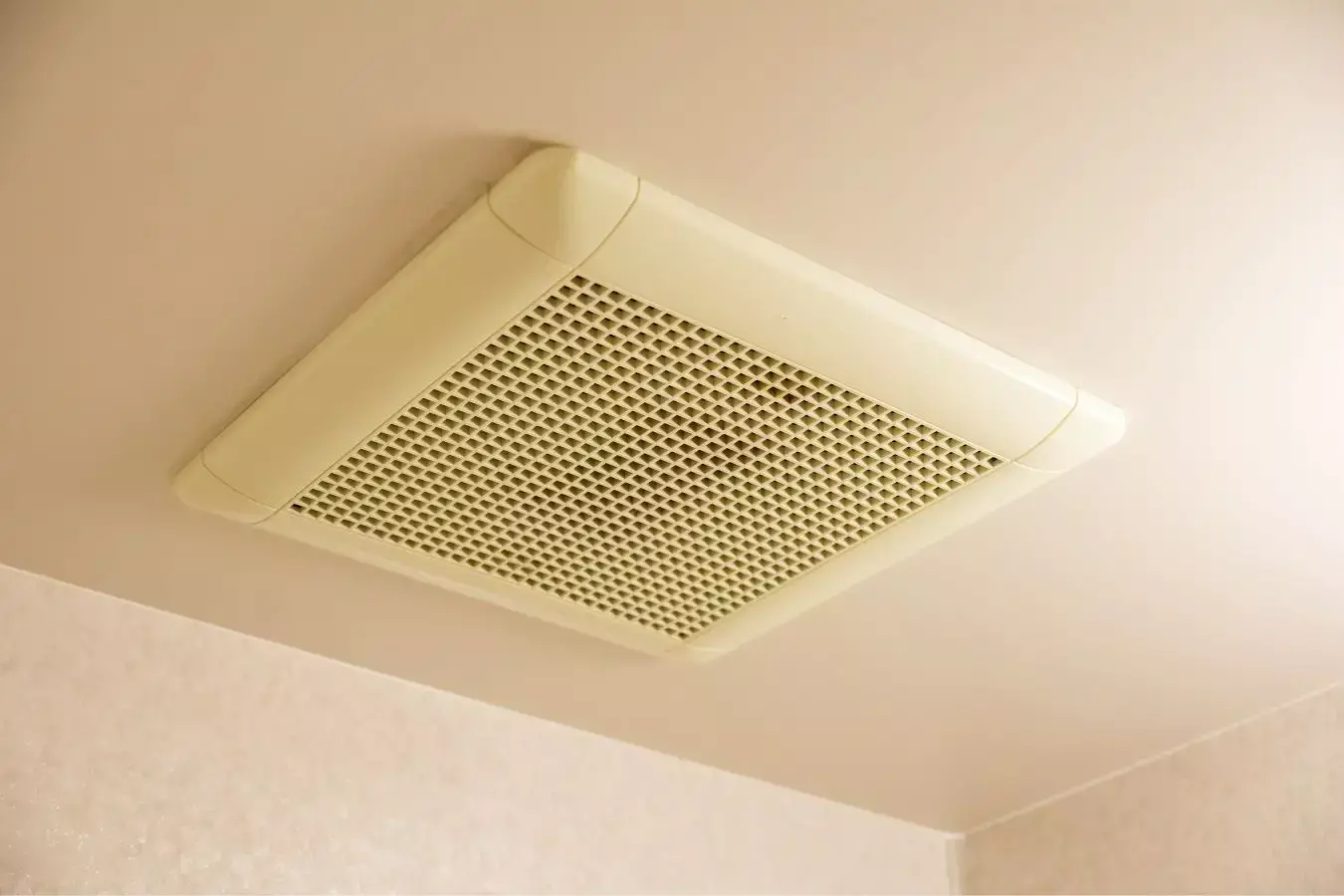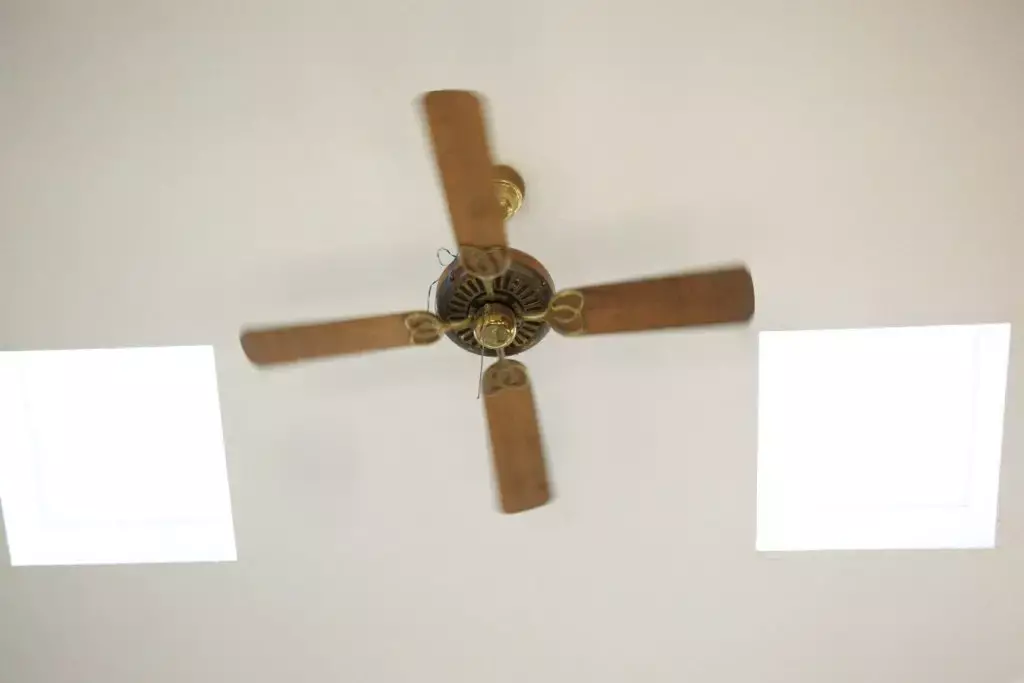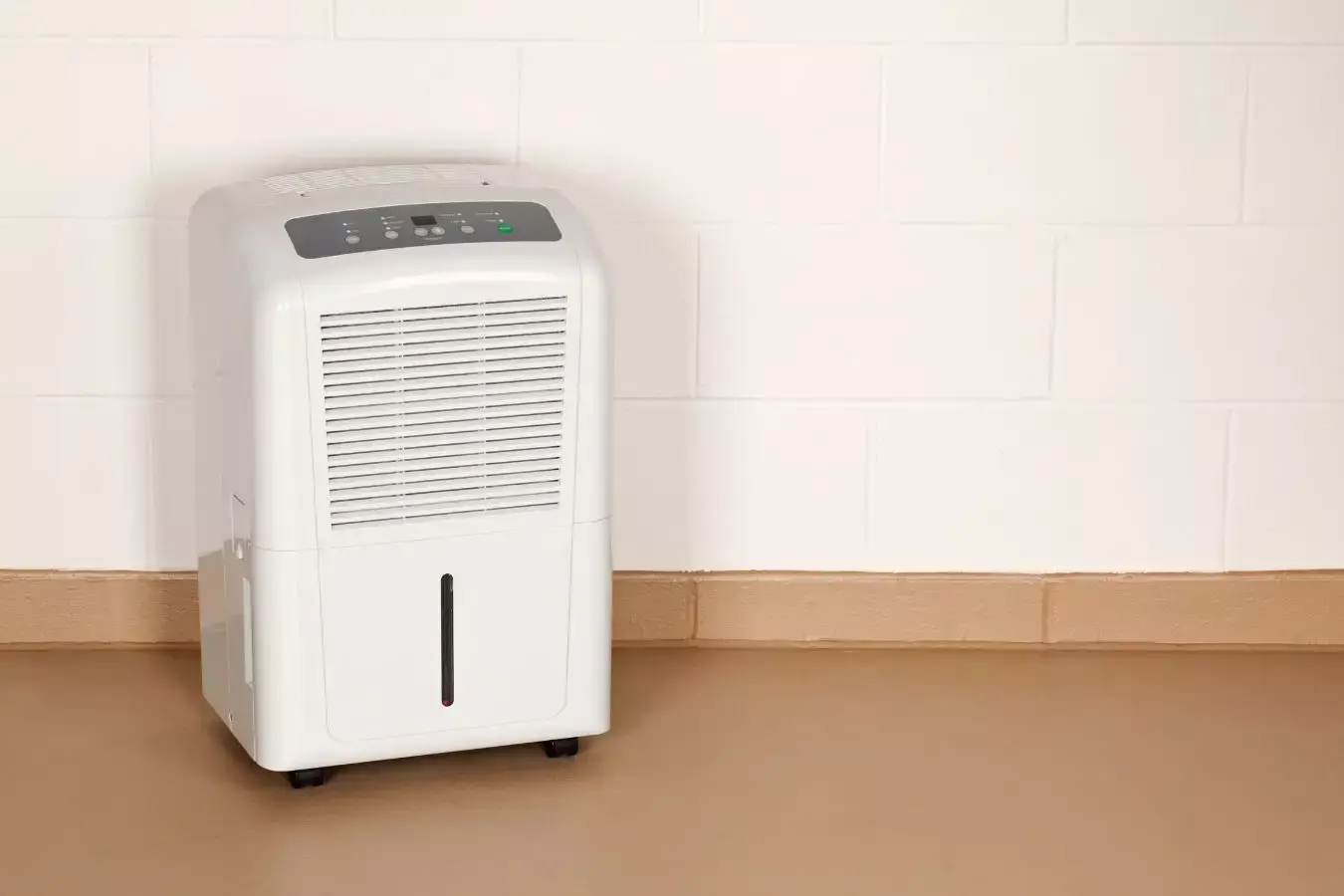Introduction: Do you struggle with keeping your bathroom properly ventilated? We all know that bathrooms can become humid and moist, which can lead to a range of problems like mold and unpleasant odors. In this article, we'll explore the best and most effective ways to ventilate your bathroom, ensuring a clean and comfortable environment for you and your family.
The Importance of Proper Bathroom Ventilation
It is crucial to properly ventilate bathrooms as they remain wet and moist most of the time. However, due to various building constraints, achieving effective ventilation can be challenging. In this article, we will discuss the five most effective ventilation options for your bathroom, providing you with valuable insights to ensure a healthy and comfortable space.
1. Through-the-Wall Exhaust Fan
Using a through-the-wall exhaust fan is one of the best and easiest ways to properly ventilate your bathroom, especially if you don't have windows. These fans efficiently reduce moisture build-up by expelling moist air outside. According to building codes, you should use a through-the-wall exhaust fan with a minimum CFM (Cubic Feet per Minute) of 50 if used intermittently, or 20 CFM if used continuously [^1^].
 Image: A man installing a through the wall exhaust fan in a bathroom
Image: A man installing a through the wall exhaust fan in a bathroom
2. Duct Fan: The Best Option for Bathrooms Without Outside Access
If your bathroom doesn't have access to the outside, an inline exhaust fan, also known as a duct fan, is a great option. Similar to through-the-wall fans, duct fans remove moist air from your bathroom. However, instead of venting through the wall, these fans use ducts that lead to the attic and outside [^2^].
 Image: A duct fan installed in a bathroom
Image: A duct fan installed in a bathroom
3. Windows for Increased Air Circulation
Windows are an excellent way to enhance air circulation in your bathroom. According to EPA building codes, bathrooms without exhaust fans should have openable windows that are at least 4% of the floor area and no smaller than 1.5 sq.ft [^3^]. While windows alone may not provide sufficient airflow to reduce moisture levels, they are highly effective in hotter climates, where the cost and maintenance of exhaust fans can be avoided [^4^].
 Image: A bathroom with windows
Image: A bathroom with windows
4. Ceiling Fan or Pedestal Fan
Although it may seem unconventional, using a ceiling fan or pedestal fan in your bathroom can be a great idea. These fans don't remove moist air on their own but help circulate it, facilitating faster venting through windows. They are particularly effective if your bathroom has windows, providing quick moisture reduction and improved comfort. Make sure to use damp-rated fans specifically designed for moist environments [^5^].
 Image: A bathroom ceiling fan
Image: A bathroom ceiling fan
5. Dehumidifier: An Alternative Solution
If your bathroom cannot accommodate fans or windows, using a dehumidifier can be an effective alternative. Dehumidifiers absorb moisture from the air and collect it in a chamber. Refrigerant dehumidifiers are recommended for bathrooms, as they can remove substantial volumes of moisture at a time. However, bear in mind that running a dehumidifier requires regular maintenance and emptying the condensed water [^6^].
 Image: A dehumidifier in a bathroom
Image: A dehumidifier in a bathroom
Additional Tips to Reduce Moisture in Your Bathroom
While ventilation options are the most effective means of reducing moisture in your bathroom, here are a few additional tips to further prevent the growth of mold and maintain a healthy environment:
- Keep the bathroom door open
By leaving the bathroom door slightly open, you can distribute moist air into adjacent rooms, reducing overall humidity levels and preventing mold growth.
- Shower less often
Reducing the frequency of showers can significantly reduce humidity levels in your bathroom. While personal hygiene is essential, it's beneficial to be mindful of the impact excessive showering can have on moisture accumulation.
- Dry the bathroom walls
Drying your bathroom walls after showering is a simple but effective way to reduce moisture and prevent mold growth. Use a dry cloth to wipe down the walls and tiles, ensuring they are free from excess moisture.
- Avoid keeping wet clothes in the bathroom
To minimize humidity levels, avoid leaving wet clothes in your bathroom. The evaporation of water from damp clothes will add to the overall moisture content. It's best to keep them in a well-ventilated area.
Remember, proper ventilation is key to maintaining a healthy and comfortable bathroom environment. Choose the ventilation option that fits your needs and enjoy a mold-free and fresh bathroom experience!
Note: The information provided in this article is intended for general informational purposes only and should not be considered as professional advice. Always consult a qualified professional for specific guidance based on your circumstances.
References:
[^1^]: Saigon Intela. "How to Ventilate a Bathroom: 5 Ventilation Options". Image Source. [^2^]: Saigon Intela. "How to Ventilate a Bathroom: 5 Ventilation Options". Image Source. [^3^]: Saigon Intela. "How to Ventilate a Bathroom: 5 Ventilation Options". Image Source. [^4^]: Saigon Intela. "How to Ventilate a Bathroom: 5 Ventilation Options". Image Source. [^5^]: Saigon Intela. "How to Ventilate a Bathroom: 5 Ventilation Options". Image Source. [^6^]: Saigon Intela. "How to Ventilate a Bathroom: 5 Ventilation Options". Image Source.
















